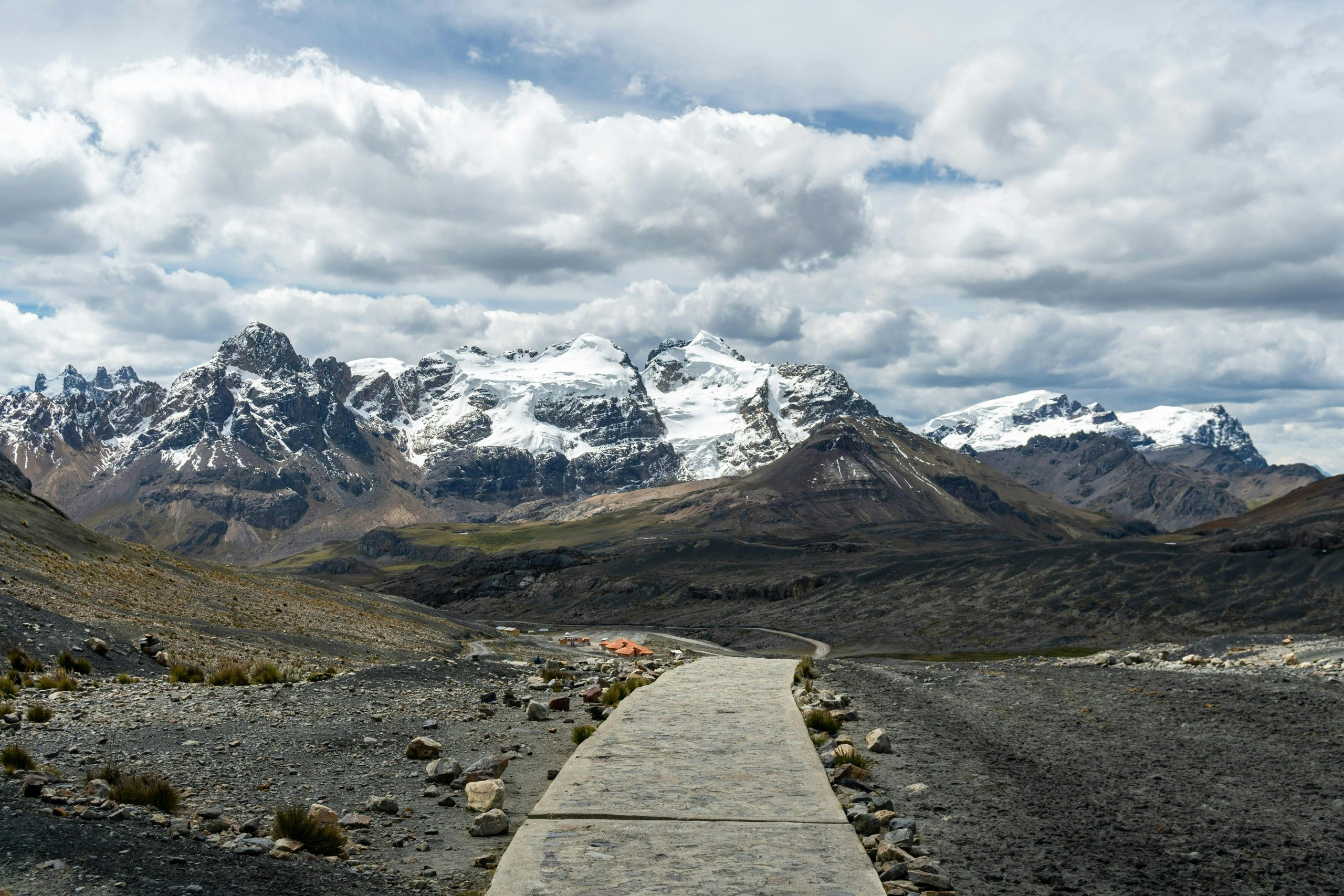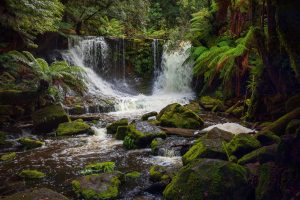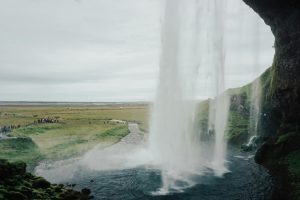Hiking the Inca Trail: Sustainable Tourism in Peru
The Inca Trail in Peru is one of the most renowned and popular treks in the world. It leads to the ancient ruins of Machu Picchu, the legendary citadel of the Inca Empire. This 26-mile journey takes hikers through breathtaking landscapes, challenging terrains, and ultimately, a sense of accomplishment. However, as the popularity of the Inca Trail continues to grow, so does the impact on the local environment and communities. In recent years, sustainable tourism practices have become a crucial aspect of preserving this iconic trail. Let’s delve into the concept of sustainable tourism and how it applies to hiking the Inca Trail in Peru.
The Importance of Sustainable Tourism
Sustainable tourism is a responsible way of traveling that focuses on minimizing the negative impacts on the environment, culture, and economy of a destination. It involves promoting environmental, social, and economic sustainability while providing a unique and authentic travel experience. With the rise of mass tourism, it has become necessary to adopt sustainable practices to preserve the natural and cultural attractions that draw travelers to a particular destination.
Sustainable Tourism in Peru
Peru is a country that heavily relies on tourism, with the Inca Trail being one of its main attractions. The ancient trail passes through diverse ecosystems, including Andean highlands, cloud forests, and subtropical jungles. These areas are rich in biodiversity and home to many endangered species. However, the high foot traffic and improper waste management were causing significant harm to the fragile ecosystems along the trail.
The Inca Trail Management Plan
In response to this issue, the Peruvian government implemented the Inca Trail Management Plan in 2005. This plan aims to regulate and limit the number of hikers on the trail to 500 per day, with a maximum of 250 hikers and 250 porters per group. Additionally, strict waste management practices and camping regulations were enforced to minimize the environmental impact. These measures have significantly reduced the negative effects of tourism on the trail, while still allowing visitors to experience its beauty.
Sustainable Lodging and Services
Another essential aspect of sustainable tourism is supporting local communities and their economies. To achieve this, the government encouraged the development of sustainable lodging and services along the Inca Trail. These include eco-friendly lodges, locally-owned restaurants, and souvenir shops selling handcrafted goods made by indigenous communities. By staying and spending money at these establishments, travelers are directly contributing to the local economy, rather than international chains.
The Benefits of Sustainable Tourism for Travelers
While the primary goal of sustainable tourism is to preserve the natural and cultural resources, it also has many benefits for travelers. First and foremost, it provides a more authentic and immersive travel experience. By supporting local businesses and interacting with the community, travelers can learn about different cultures and ways of life. Moreover, sustainable practices often result in better quality services and products, such as organic meals and environmentally-friendly amenities.
How to Hike the Inca Trail Sustainably
As a responsible traveler, there are ways to ensure that your hike on the Inca Trail aligns with sustainable tourism practices. Firstly, choose a licensed tour operator that follows the Inca Trail Management Plan and has a commitment to sustainable practices. Pack lightly and bring reusable containers for food and water to reduce waste. Follow the designated trails and avoid damaging the delicate ecosystem. Respect the local communities, their customs, and their environment. And lastly, spread the word and educate others on the importance of sustainable tourism.
In Conclusion
Hiking the Inca Trail is an incredible experience, but it’s crucial to be mindful of the impact it may have on the environment and local communities. By practicing sustainable tourism, we can all contribute to preserving this majestic trail for future generations to experience. Let’s do our part and leave a positive mark on our planet, one step at a time.






